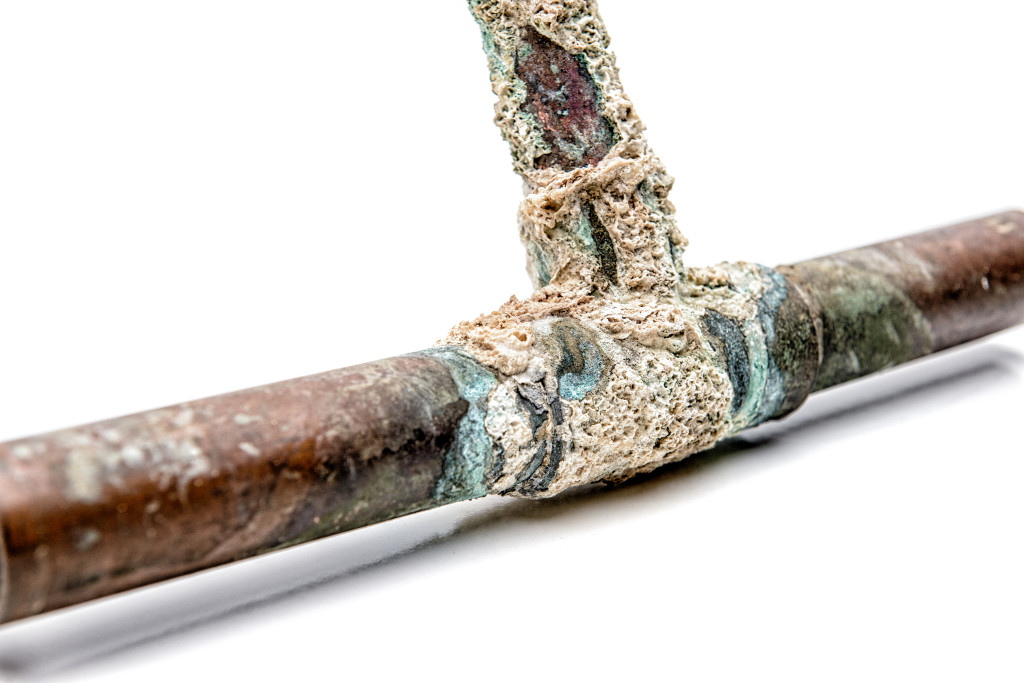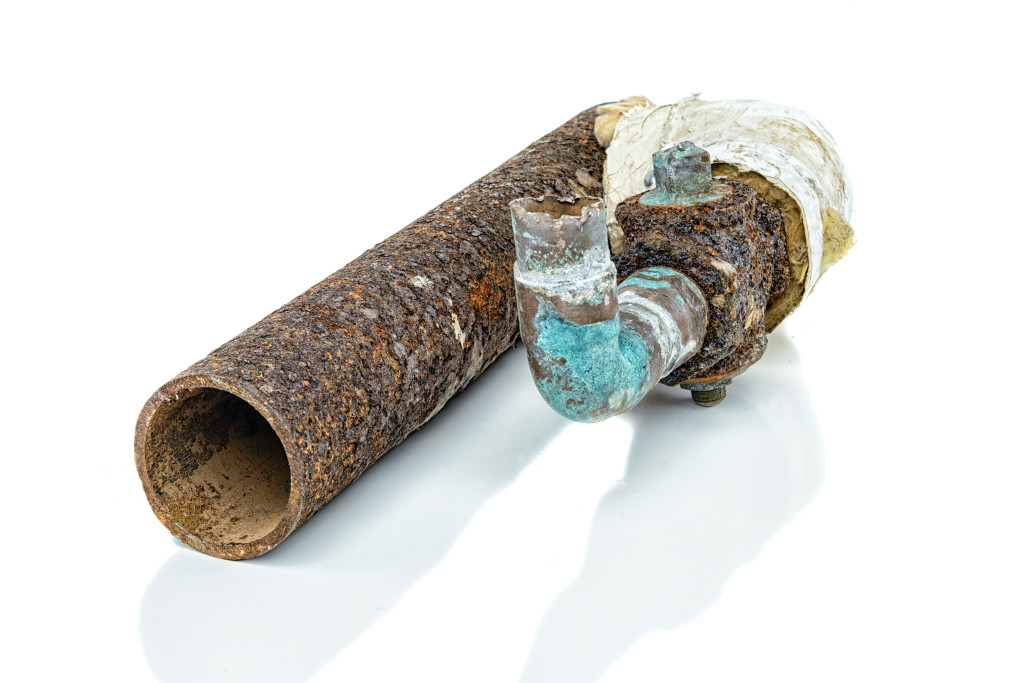Whether your leaks are due to age-related issues or defective products, problems can occur across any of your piping systems. Here’s what to look for:
Domestic Water Supply Systems
 Polybutylene, or “poly” for short, was a gray plastic pipe installed in domestic water systems between 1978-1995. Polybutylene was used in close to 10 million low-rise apartments, condominiums and single-family homes throughout North America. Common water additives like chlorine attack poly pipe and fittings, leading to stress fractures and catastrophic failure – suddenly and without warning. The longer polybutylene is in use, the greater the risk of serious complications. If you have this pipe in your property, it needs to be replaced.
Polybutylene, or “poly” for short, was a gray plastic pipe installed in domestic water systems between 1978-1995. Polybutylene was used in close to 10 million low-rise apartments, condominiums and single-family homes throughout North America. Common water additives like chlorine attack poly pipe and fittings, leading to stress fractures and catastrophic failure – suddenly and without warning. The longer polybutylene is in use, the greater the risk of serious complications. If you have this pipe in your property, it needs to be replaced.
 High-zinc yellow brass fittings are connections used in certain PEX piping systems. These fittings are subject to dezincification, which can cause stress fracturing and disastrous leaks. Extensive corrosion at the fitting is a tell-tale sign that you may have a problem.
High-zinc yellow brass fittings are connections used in certain PEX piping systems. These fittings are subject to dezincification, which can cause stress fracturing and disastrous leaks. Extensive corrosion at the fitting is a tell-tale sign that you may have a problem.

Aging copper and galvanized piping found in potable domestic water systems can suffer extensively from deterioration and corrosion. For buildings over 25 years old, indicators that you may have trouble brewing include: low water pressure, odors, poor tasting and discolored water and frequent pinhole leaks.
Closed-Loop Hydronic Systems

Often referred to as closed-loop HVAC systems, hydronic piping systems employ boilers and chillers to heat (or cool) water that flows through pipes to fan coil units (FCU’s). The FCU’s blow air across a coil to heat and cool your residences. To improve efficiency, these systems use insulation around the pipes to minimize ambient temperature loss as the water travels through the property to each unit.
As these systems age, the insulation on the main loops, the risers, and the runouts that feed the individual units can deteriorate due to condensation. Over time, the moisture from the condensation causes the pipes to corrode from the outside. If your pipe insulation is loose, damp, or non-existent altogether, it’s a good indication that you may have a bigger problem lurking in your hydronic heating and cooling pipes.
Drain Waste and Vent (DWV) Systems
 The drain, waste, and vent system in your building is probably one of the most important components of your plumbing, allowing for the flow and removal of grey-water and sewage down drains and through waste pipes.
The drain, waste, and vent system in your building is probably one of the most important components of your plumbing, allowing for the flow and removal of grey-water and sewage down drains and through waste pipes.
As properties age, corrosion of DWV piping can become a problem, often becoming so severe that major blockages and even complete structural failure can occur. Slow draining water, odors, and back-ups are common symptoms of a failing DWV piping system. If your property is more than 20 years old and you are experiencing these problems, it may be time to perform a camera inspection of the DWV lines to investigate the issues.
Knowing the types of pipe in your building, when they were installed and how they are aging are critical factors in helping you evaluate and prepare in advance for repairs or future pipe replacements. If you are experiencing any of these issues at your property, please contact us for a free consultation.

